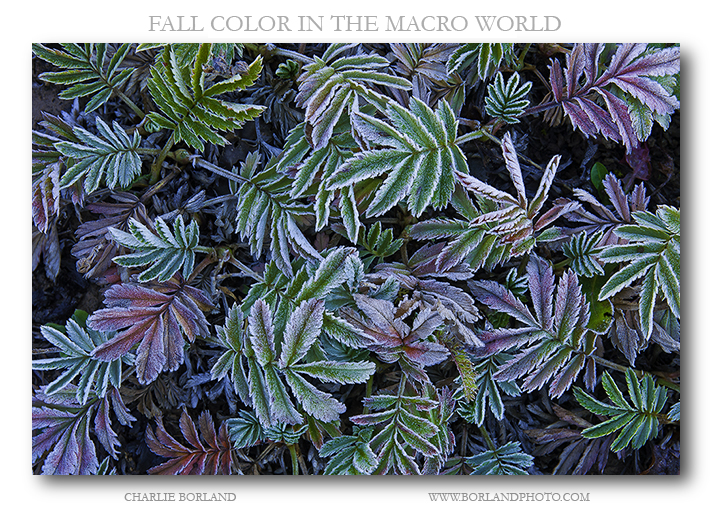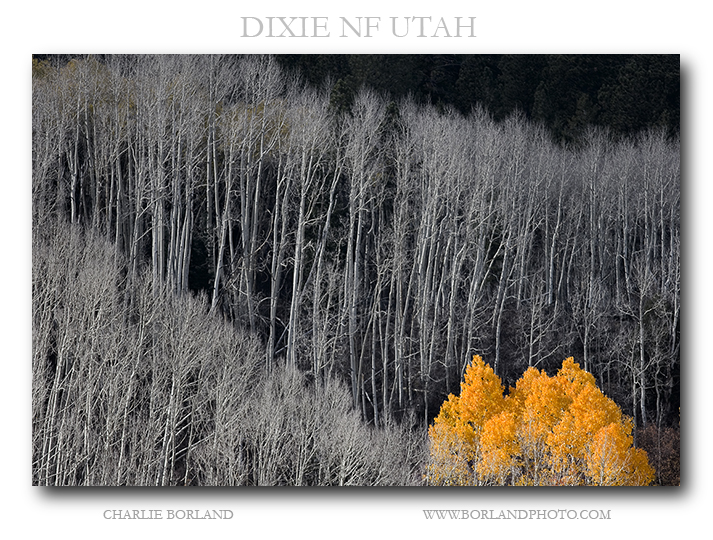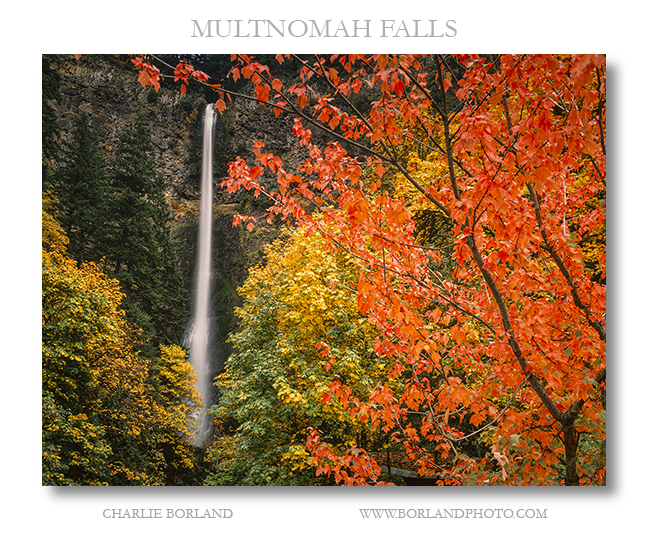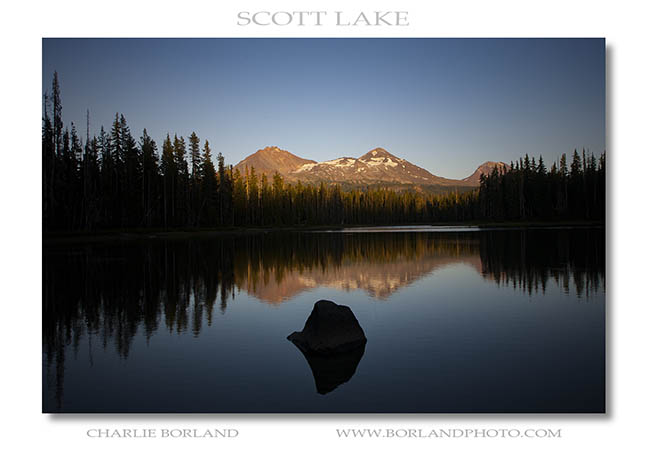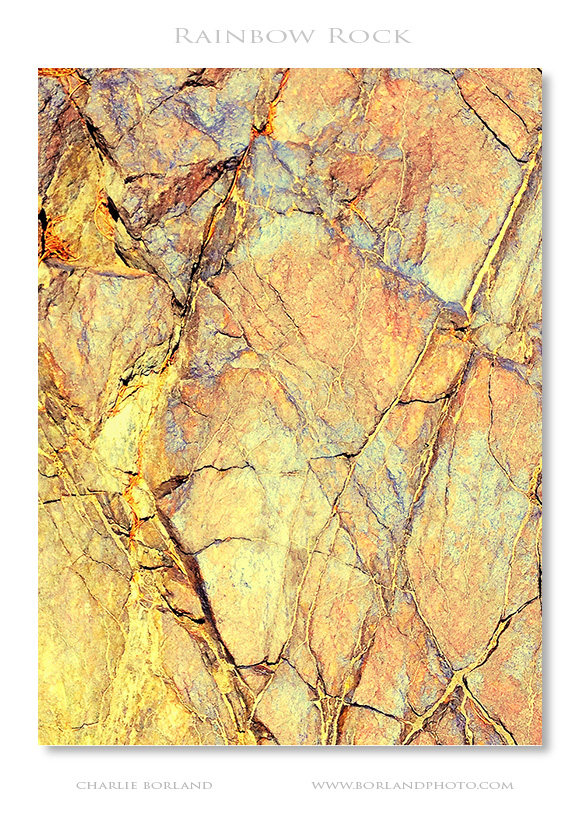Photographing this image made me realize that fall color that we all love and cherish photographing, is not all about trees.
While I was photographing the amazing aspens in Colorado, I found amazing color closer to the ground.
These plant species, as best as I recall, were not more than 5-6″ across from left side the right side and literally were ground cover.
I dont know what they are but it look to me that they were having their own fall color transformation. The icing on the cake so to speak, literally, is that light coating of frost that added the edges and some white sparkles to the leaves.
